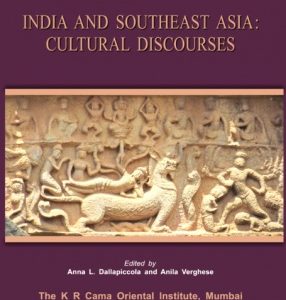
Anila Verghese

Showing all 10 books


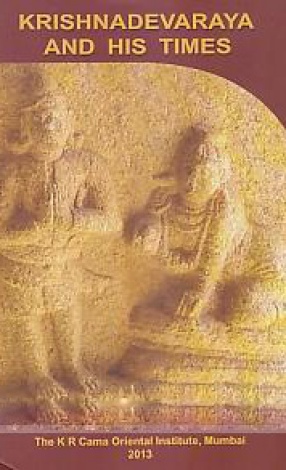
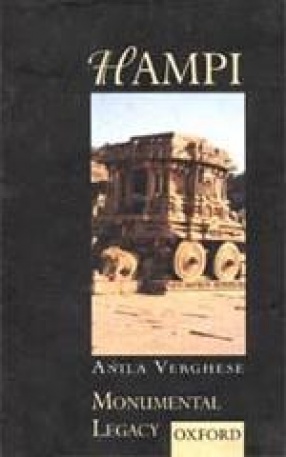

India and Southeast Asia: Cultural Discourses, Anna L. Dallapiccola and Anila Verghese (Eds.). Mumbai: The K R Cama Oriental Institute, 2017 In January 2015 a seminar entitled ‘Cultural Dialogues between India and Southeast Asia from the 7th to the 16th Centuries’ was held at the K R Cama Oriental Institute, Mumbai. The volume entitled India and Southeast Asia: Cultural Discourses is the outcome of that stimulating seminar in which many eminent ...
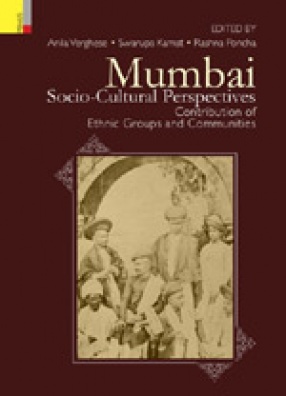
Mumbai, the city of dreams, has always been a city of migrants. People moved here from near and far, by land and sea, their dreams wrapped in optimism and hope. The seven islands that became the erstwhile Bombay welcomed them all. Just as the islands of this city were linked, so were its people, creating a multi-hued and multi-textured fabric-one that is uniquely Mumbai.
Mumbai is popularly known for its cosmopolitan culture and its financial clout. This book, ...

These two volumes of papers by a galaxy of scholars are a tribute to the eminent art historian Dr. Devangana Desai, who has made an invaluable contribution in the field of Indian art, iconology and architecture.
The thirty-seven thematic essays in Art, Icon and Architecture in South Asia include many by senior and very illustrious scholars as well as some by younger researchers who are now making their mark. They are divided into five broad groups, in each the ...
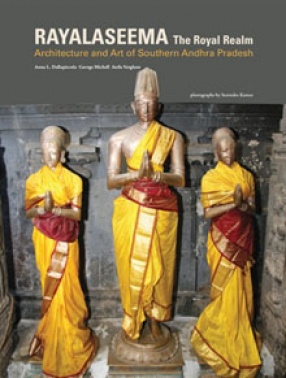
This volume of Marg is dedicated to the architectural and artistic heritage of Rayalaseema, the Royal Realm, a name given to the region encompassing Kurnool, Anantapur, Cuddapah and Chittoor districts in present-day Andhra Pradesh. This legacy may be traced back more than 2,000 years, as evidenced by the ancient, enigmatic stone figural lingam at Gudimallam. During the 14th–17th centuries Rayalaseema enjoyed unprecedented political and economic importance. ...

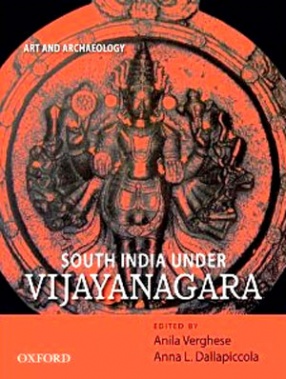
This book is highlights the recent multidimensional and interdisciplinary approach in the academia. The contributors, leading academics from around the world, use textual material to corroborate the data provided by archaeology and rise new questions. Divided into two equal parts, the first focuses on Hampi, a World Heritage Site. It examines Vijayanagara scholarship, archaeological work, heritage site management, conservation, photography, epigraphy, sculptures, ...
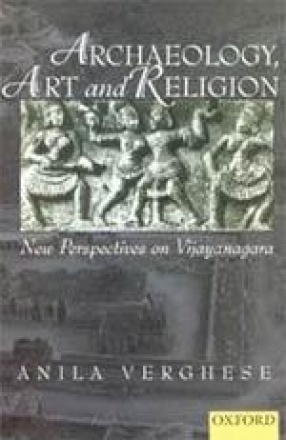
Vijayanagara, in present day Karnataka, served as a capital (from c. 1350 to 1565) of a large kingdom whose rulers consciously promoted religion and culture. This volume comprises a number of hitherto unpublished papers, based primarily on archaeological sources, dealing with varied aspects of Vijayanagara. Archaeology, architectural history, sculpture, religion, and social life. A detailed study is presented of the opening up of Hampi-Vijayanagara as a major ...

Hampi, on the southern bank of the Tungabhadra river in Karnataka, was the capital of the famous Vijayanagara kingdom from the mid-fourteenth century to 1965 AD. As the seat of power of a kingdom that stretched from the Arabian Sea to the Bay of Bengal and from the Deccan plateau to the tip of the peninsula, Vijayanagara was built by its rulers as a magnificent showpiece of imperial prosperity. This book pays homage to the architectural splendour of Hampi as ...

This book deals in detail with sculpture at Vijayanagara (present-day Hampi, Hospettaluka, Bellary district, Karnataka), the capital of the Vijayanagara Kingdom from the mid-fourteenth century to 1565. The Vijayanagara Kingdom, at its peak, extended over much of Southern India. From Vijayanagara city ruled the monarchs of thee dynasties: Sangama (1336-1485), Saluva (1485-1505), and Tuluva (1505-65)." In this volume the origins and uniqueness of the ...

This Monograph Surveys Religion At Vijayanagara, Primarily From The Data Available From Its Monuments.The Fifteenth Century Saw The Royal Sponsorship Of The Cults Of Rama And Vithala; The Latter Grew From Strength To Strength, Until In The Last Quarter Century Before The City`S Destruction The Vithala Complex Became The Foremost Religious Centre In The City. The Sixteenth Century Witnessed The Promotion Of The Vaishnava Cults Of Tiruvengalanatha, Ranganatha And ...
